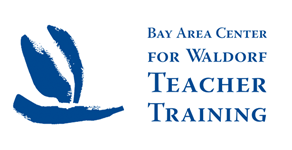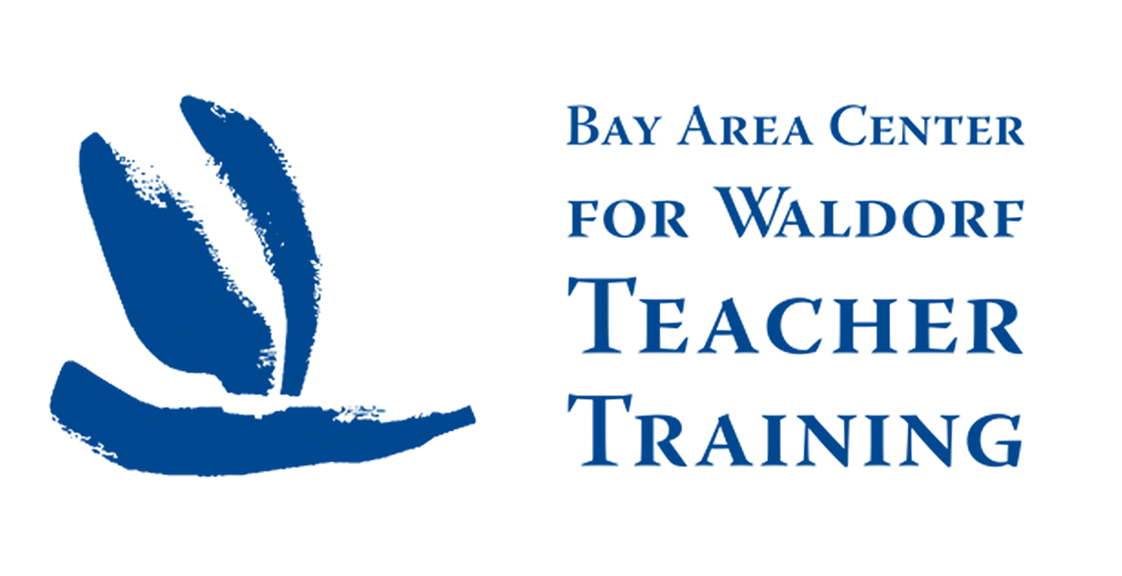Dear BACWTT Students, Alumni, Friends and Colleagues,
Here is the Calendar of the Soul verse for this week – I am using a different translation that is easier to follow:
Verse 51
Into our inner being
The riches of the senses pour.
The Cosmic Spirit finds itself
Reflected in the human eye,
Which ever must renew its strength
From out of that spirit source.
During the past two weeks, the verses have made reference to words being spoken. Things have been given voice and we are asked to listen to them engaging our organs of hearing, the ears. This week, Steiner connects the changing of the year to another organ, the eye. This is unusual, and I think it is the only time in the Calendar of the Soul that he does so. In a simple way, this makes sense – the human eye is active, welcoming the rich, colorful sense impressions that are flowing towards it. The first two lines of the verse speak to this – we enjoy the increasing sunlight and the growing of the plant world around us.
But, there are more levels to explore that concern why the eye is the organ that is especially active now, that Steiner indicates with the expression “reflected” and the need to “create its strength anew.”
In The Study of Man, Lecture 5, Steiner speaks about the fine balancing act taking place in our sense organs, and particularly the eye:
“As we have already said, in cognition, in mental picturing lives antipathy. However strange it may seem, everything connected with mental picturing, with thought, is permeated with antipathy. You will probably say, “Yes, but when I look at something I am not exercising any antipathy in this looking.” But indeed you do exercise it. When you look at an object, you exercise antipathy. If nerve activity alone were present in your eye, everything you looked at would be an object of disgust to you, would be absolutely antipathetic to you. But the will, which is made up of sympathy, also pours its activity into the eye, that is, the blood in its physical form penetrates into the eye, and it is only by this means that the feeling of antipathy in sense-perception is overcome in your consciousness, and the objective, neutral act of sight is brought about by the balance between sympathy and antipathy. It is brought about by the fact that sympathy and antipathy balance one another, and by the fact also that we are quite unconscious of this interplay between sympathy and antipathy.
You will find places all over the human body where the blood vessels touch the nerves in some way. Now wherever blood vessels and nerves make contact feeling arises. But in certain places, e.g., in the senses, the nerves and the blood are so refined that we no longer perceive the feeling. There is a fine undercurrent of feeling in all our seeing and hearing, but we do not notice it, and the more the sense organ is separated from the rest of the body, the less do we notice it. In looking, in the eye’s activity, we hardly notice the feelings of sympathy and antipathy because the eye, embedded in its bony hollow, is almost completely separated from the rest of the organism. And the nerves which extend into the eye are of a very delicate nature and so are the blood vessels which enter into the eye. The sense of feeling in the eye is very strongly suppressed.”
There is something in this interplay of nerve and blood, antipathy and sympathy, of expanding out and connecting to the world and contracting into ourselves and becoming conscious that relates well to this time of change in the seasons. The senses are flowing out in sympathy and moving with nature. On the other hand, the weather and our inner life are unsettled and trying to find a balance and a boundary. It is hard to remember, when we are now so willing to flow out into the warming and lightening of spring, that in a few months it will be too bright and too hot, and we will need to draw the curtains and create a cool, dark space for ourselves in the heat of the summer. We have a hint of that now. In a way, it is the equal and opposite of the autumn equinox and the Michaelmas festival when the human being also stirs and decides not to follow the earth and nature into hibernation, but pulls back and reserves an inner human space.
There is something, if we can be a little poetic, in the changeableness in the weather outdoors and the changeable nature of our inner world! The changing sky – light and dark, clouds and sunshine, warm air and then cold breezes – stimulates the feeling of sympathy and antipathy, as expressed in the lectures above.
An aspect of the eye that we do not often consider is its relationship to light and how, through this organ, our internal metabolism is affected. The changing conditions of the light, as we move through the year, works inwards through the organ of the eye into our bodily organism. When we look out into nature to the plant kingdom, we can observe the plants growing and unfolding. When we look out to the animal kingdom, we can see the effects of the changing season in their activities, of the changes in warmth and light. We tend to naturally put these observations together into “seasonal effects,” not thinking much about the specifics of the light. But bird migration, for example, is triggered by the change in the length of the day. Photoperiodism has a tremendous effect upon the seasonal activities of the animal kingdom. These effects are created through the light entering the organ of the eye! The eye is not only for seeing – for looking out – it is an organ that also lets light in. This entering of the light into our organism through the eye and the optic nerve works right into our metabolism through our organs and hormonal responses.
This is the dynamic that we are entering into and is being expressed in the verse this week – a strong struggle and balancing act. The forces of nature are strong. Both the pull of nature drawing us out and the flooding in of the light can be overwhelming to the human spirit. The verse points to this and calls for a response of strength and renewal, of taking a humanizing grip upon this situation.
In the lectures, Health and Illness, Volume I, Lecture 5, Rudolf Steiner speaks about the nature of the eye in a manner that helps us connect to the words “the cosmic spirit finds itself reflected in the human eye.”
“The eye, which is really like a miniature world, is placed in a cavity formed by the skull bones. You might tell yourself that it is something like a tiny world…. Now, picture to yourselves the starry heaven; form an image of the light-filled sphere around the earth, and then reduce this picture until it is quite small. What you then have is the interior of the human eye. The human eye is actually a world in miniature, and the reflections in the eye resemble myriad surrounding stars. You see, these outer walls do not reflect evenly. There are many tiny bodies, which, like miniature stars, radiate light toward the center. If we were as small as the image of the human being in the eye and could examine it from inside, its interior would seem infinitely large. Our impression would be the same as when on earth we look up to the glittering stars at night. It is indeed so. It is interesting that the eye is like a miniature world and that the tiny human image produced in the eye by reflections would have the same feeling, if it were conscious, we have at night under a starry sky. It is really quite interesting!”
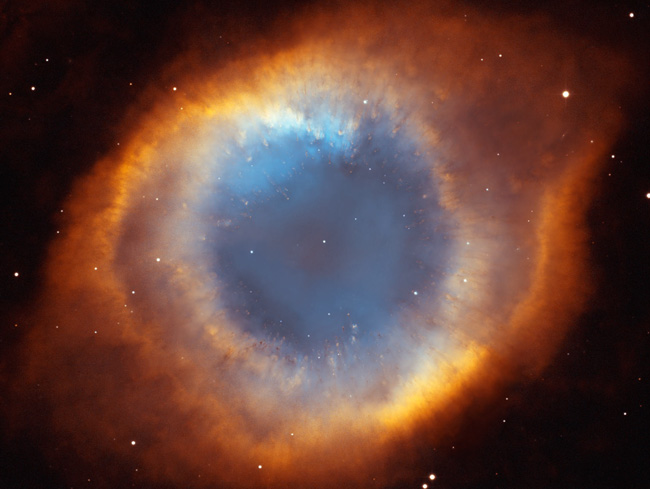
In this lecture from Education, Lecture 11, 16th August, 1923, Steiner brings a consideration of art in education (sculpture, in particular) and the effect it can have on sight:
“If we are to introduce art to the child in the right way, not only must all our teaching be artistic from the beginning, but art itself must play its proper part in education. That the plastic-pictorial arts are to be cultivated you can see if only from the fact that the writing lessons begin with a kind of painting. Thus, according to the Waldorf School principle, we begin to give painting and drawing lessons at a very tender age of childhood. Modelling too is cultivated as much as possible, albeit only from the ninth or tenth year and in a primitive way. It has a wonderfully vitalizing effect on the child’s physical sight and on the inner quality of soul in his sight, if at the right age he begins to model plastic forms and figures. So many people go through life without even noticing what is most significant in the objects and events of their environment. Learning to see is what we must learn, if we are to stand rightly in the world. And if the child is to learn to observe aright, it is a very good thing for him to begin as early as possible to occupy himself with modelling, for what his head and eyes perceive is thus guided into the movements of fingers and hand. In this way we shall not only awaken the child’s taste for the artistic around him, in the arrangement of a room perhaps, and distaste for the inartistic, but he will begin to observe those things in the world which ought to flow into the heart and soul of man.”
In The Study of Man, Lecture 3, Steiner speaks about the will nature in sensing and in seeing:
“What brings us into contact with the external world through the senses — including the whole range of the twelve senses — has not the nature of cognition, but rather of will. A man of to-day has lost all perception of this. He therefore considers it childish when he reads in Plato that actually sight comes about by the stretching forth of a kind of prehensile pair of arms from the eyes to the objects. These prehensile arms cannot of course be perceived by means of the senses; but that Plato was conscious of them is proof that he had penetrated into the super-sensible world. Actually, looking at things involves the same process as taking hold of things, only it is more delicate. For example, when you take hold of a piece of chalk this is a physical process exactly like the spiritual process that takes place when you send the etheric forces from your eyes to grasp an object in the act of sight.”
We see something in the art of ancient Egypt in regards to the light. It’s a kind of reversal where, on the ends of the rays of the sun, the Egyptian artists added small hands, as if the light was reaching out and touching the people and the world.
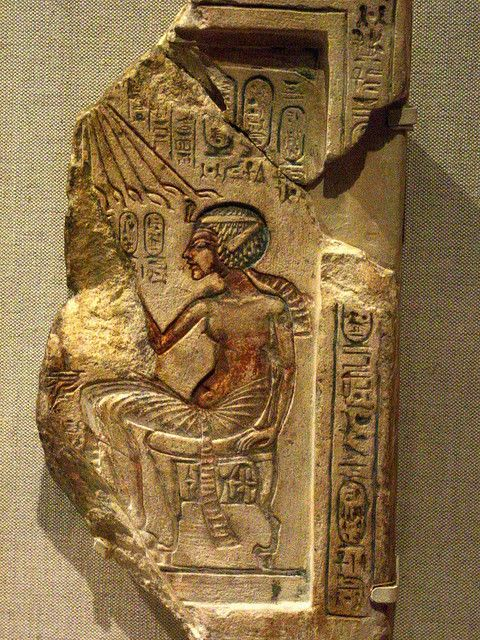
In contemplating the quality and the working of the sun and light at this time of year, we can wonder about the wisdom and understanding of the importance of this moment of the year in many ancient cultures.
During the vernal and autumnal equinoxes at Chichén Itzá, the great Mayan city in Mexico’s Yucatán Peninsula, sunlight plays with the angles of the northeast stairway of the Kukulcán pyramid as it moves from east to west. The course of the sun projects the shadows of the corners of the pyramid onto the vertical, northeast face of the stairway balustrade, giving the visual impression that the body of an undulating serpent is slowly working its way down toward its stone head at the bottom, coming down from the sky to the earth.
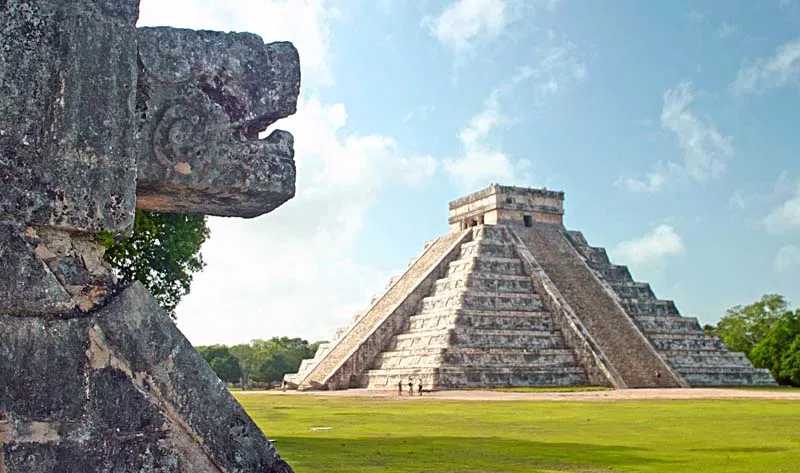
You can see a time lapse of the shadow descending here: https://www.youtube.com/watch?v=TspMx-bCAYY&t=141s
In Peru, the Andean people created many sacred architectural structures that interact with the sun and the light. One particular stone form – the Intihuatana, which is found in a sacred location in Machu Picchu and in the temple in Pisac – is carved from the bedrock in such a way that at the equinox it casts no shadows; the sun stands directly above. It is thought that ceremonies on these dates were meant to hold the sun in place, interpreted as a kind of hitching post for the sun, binding and connecting the sun and earth together.

The Cursus at Stonehenge is a huge earthwork that runs in alignment with the equinoxes. Although little is understood compared to the stone circle that is aligned with the summer solstice, it shows us how important this time of the year was to those ancient people.
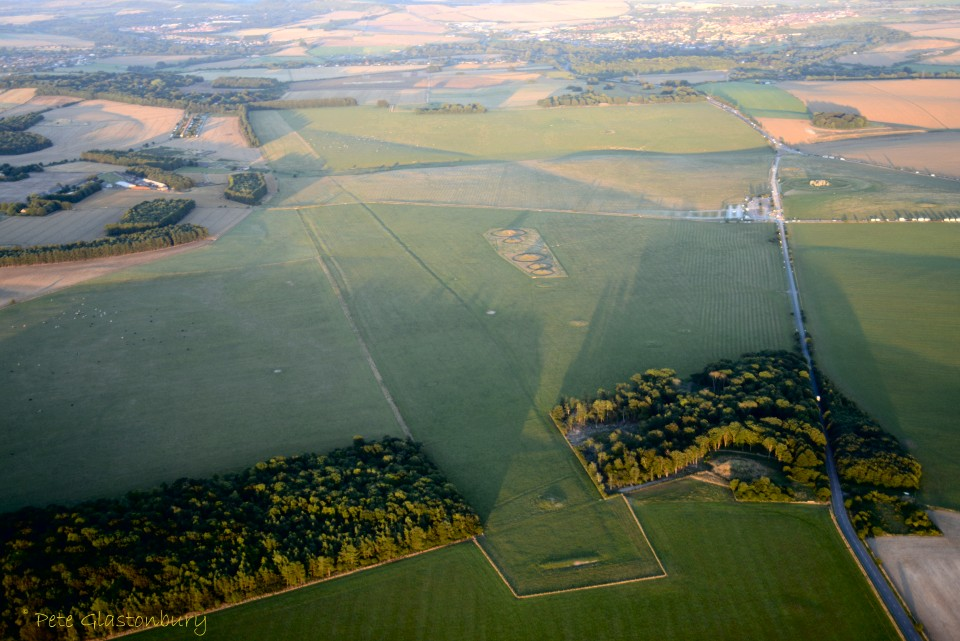
I want to return to the sentence from The Study of Man, Lecture 5 as a guiding idea about the goal of this time expressed in the verse and in reference to the eye, “and the objective, neutral act of sight is brought about by the balance between sympathy and antipathy.”
Steiner’s idea about the achievement of the eye creating an “objective, neutral act” is a goal, not only for the eye, but for our whole being at this time.
There is a practice that is helpful and healing at this time of year – a practice for the eye – but which then works inwardly upon us, bringing calm. That is to deliberately look at something with a calm and quiet eye. It could be an artwork or a stone. If one then sketches as well in this calm mood, then one brings more will to bear in the act of looking, and so strengthens that activity of the eye to balance the nerve cognitive aspect. We can deliberately engage the eye, so that it is not an unconscious organ nervously flickering from here to there, never settling on one thing – we can deliberately guide it to move slowly, gliding over the surface of something, deliberately awakening the aspect of sight that is more like touch. Take the time to observe a shadow moving, to live into the many tones of grey that exist between light and dark. Or sculpt! There is nothing better for the eye (in my humble sculptor’s opinion) than taking a boring lump of grey clay, giving it form and being able to see its changing, undulating shapes through the way the light falls upon it.
When we look at all the ancient monuments of humankind and the effort that they put into making things, we can be impressed for a moment – not by the meaning of the monuments, but by the fact that someone felt the need to make them in physical substance, with huge pieces of stone. Thoughts and ideas needed to be made into solid form so that they could be experienced through the human senses.
We have to be careful now if too many of our experiences are digital, if we spend too much time with artificial light shining in our eyes. The quote below can help remind us to appreciate and continue holding onto artistic sense-based work in our schools that can bring about a balance of sympathy and antipathy, to lead sense activity over to an inner feeling for beauty, which lifts us towards a more human condition.
“We deem this an all-essential part of Waldorf School education. True indeed it is, and every artist has felt the same, that art is not a mere discovery of man but a domain wherein the secrets of nature are revealed to him at a level other than that of ordinary intelligence, a domain in which he gazes into the mysteries of the whole universe. Not until the moment when man realizes the world itself to be a work of art and regards Nature as a creative artist, not until then is he ready for a deepening of his being in the religious sense. There is profound meaning in these words of a German poet: ‘Only through the dawn gates of beauty canst thou pass into the realm of knowledge.’ It is so indeed; when we understand the whole being of man through art, we generate in others too an all-embracing conception of the world. That is why our aim in education should be to add to what is required by prosaic culture and civilization, the purely human element. To this end, not only must our teaching itself be full of artistic feeling, but an understanding of art must be awakened in the children.” –Education, Lecture 11, 16th August, 1923, Steiner
Ken
Kenneth Smith
Director
BACWTT
